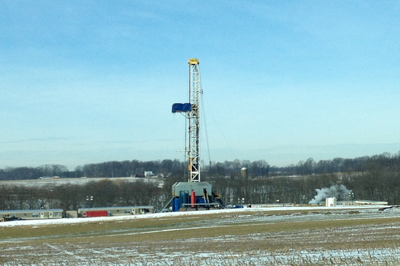Drilling companies focus on re-fracking to save money
Saturday, February 14, 2015

One way that drilling companies are attempting to survive the glut in oil prices is by re-fracking wells, according to Bloomberg. It costs an average of $8 million to frack a new well, while re-fracking an existing well costs an average of $2 million, and there are about 50,000 wells in the United States that could be re-fracked.
In the past, re-fracking’s success has been inconsistent. Since production has slowed down recently, companies have more time to experiment with re-fracking.
Fracking is the process by which water, sand and chemicals are blasted down wells to crack rocks, allowing oil and natural gas to escape. Although fewer new wells are drilled as companies experiment with re-fracking, environmentalists are disappointed that natural resources will still be used and environmental impact will still be a concern, just as it is when new wells are drilled.
Related: The shale industry’s newest technique: refracking Aug. 24, 2014
Via: Bloomberg > Drillers Take Second Crack at Fracking Old Wells to Cut Cost





Horizontal Well Testing has an electric straddle inflate system that can be operated in horizontal well bores. This might just be the right selective system to find those prime stages to stimulate and re-test after to evaluate the re-frack.